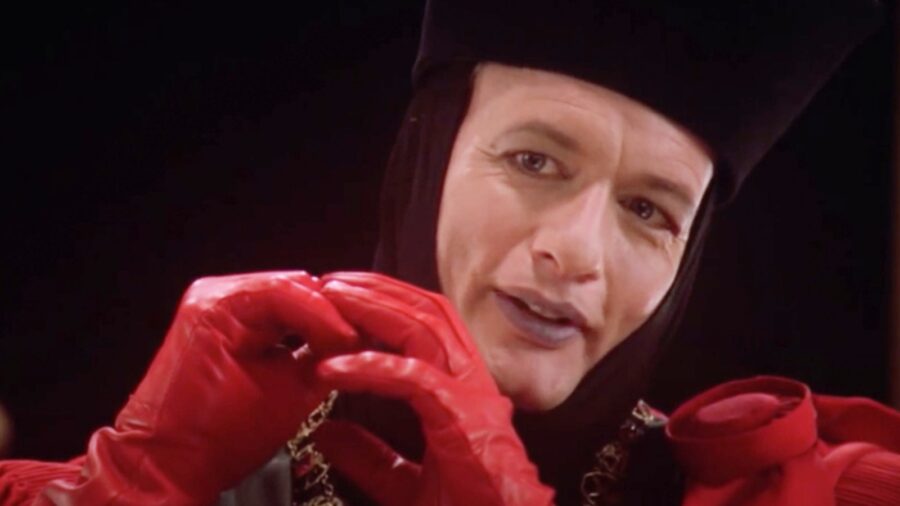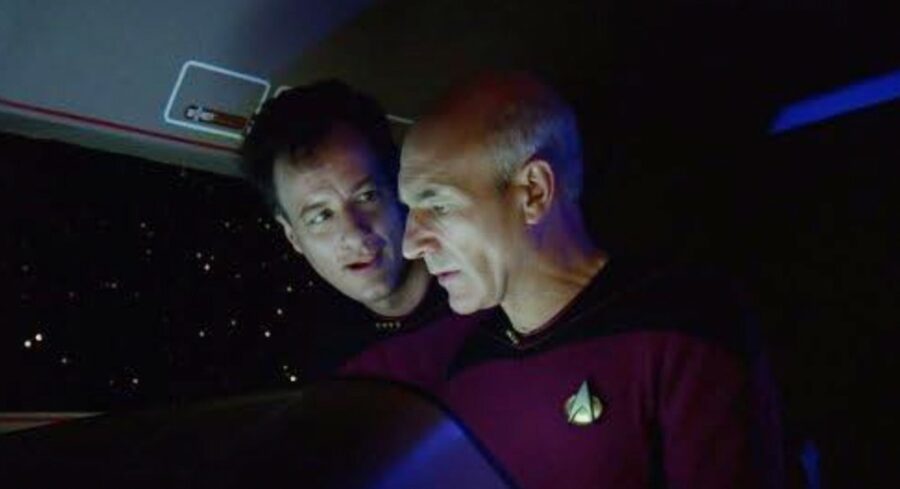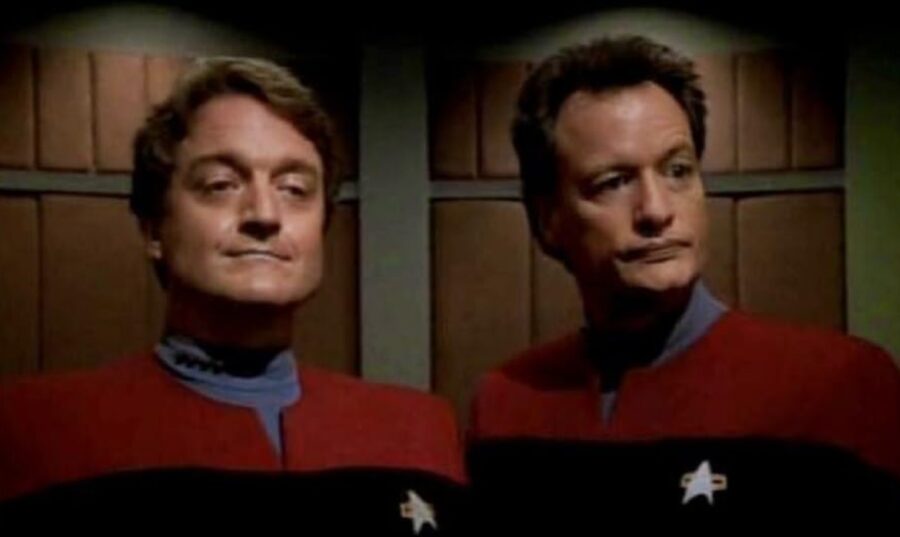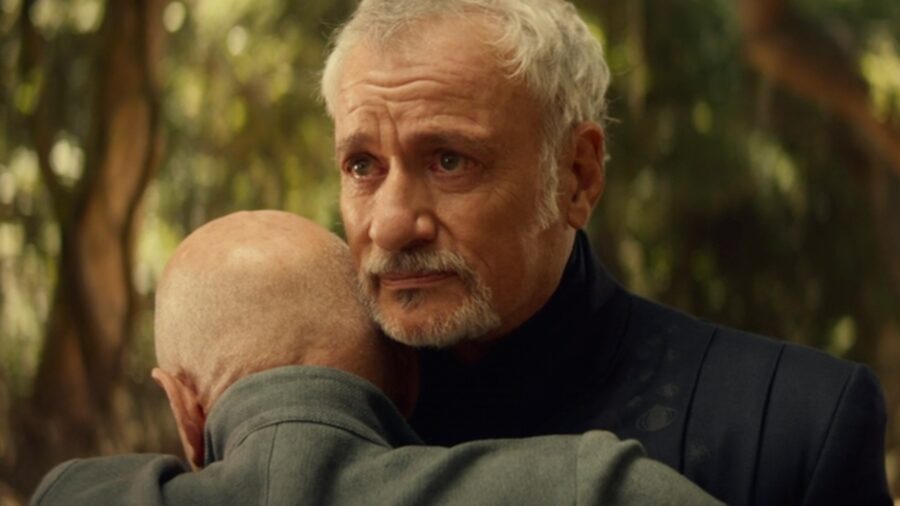The Q Of Star Trek Explained

In the Paramount franchise Star Trek, no alien race or empire has been quite so captivating as the Q Continuum. The confusion over this race has some fans pulling out so much hair they look like Captain Picard, so we’re here to do something even Commander Data would have trouble with: explain the Q Continuum.
We explain the mostly all-powerful and utterly incorrigible Q Continuum of Star Trek.
The first thing you should know is that Star Trek creator Gene Roddenberry created Q and championed him over the complaints of the writer’s room. The original character was named after Janet Quarton, the president of the UK’s first Star Trek club and someone whom Roddenberry greatly admired.
Even though Q was essentially just a spiffier version of The Original Series character Trelane (something writers and fans wasted no time reminding Roddenberry), the character — anchored by John de Lancie’s performance — became a fan favorite.
Throughout his appearances on different Star Trek shows, Q mostly rode the line between being an adversary and a covert ally. For example, he could destroy the Enterprise at any moment, something he reminded Captain Picard of by casually tossing the ship into Borg Space in the second season episode “Q Who.”

But if he hadn’t done that, Starfleet might not have had the chance to develop any defenses for the major Borg incursion they would face the following year (keep in mind there were hints of Borg invasion at the end of the first season).
While it was Star Trek: The Next Generation that provided the most iconic appearances of Q, we don’t learn much about his mysterious race during that series. The Q are all-powerful and mostly all-knowing (more on this in a minute), and John de Lancie’s Q is particularly obsessed with putting humanity through a series of trials, with Captain Picard serving as a proxy representation of our entire race.
Q always seems to be oblivious to the fact that he is just as petty and capricious as those he sees fit to judge.
In Star Trek, the Q Continuum can collectively strip a member of his powers and then restore them if they see fit. They don’t play well with those who walk away. In The Next Generation, we discover that they straight-up murdered two Q who wanted to live on Earth as humans while raising a child.
Somewhat ironically, despite having no qualms about killing Q who step out of line, the Continuum later needed Captain Janeway’s help to conduct a hearing about whether a member of the Q would be allowed to kill himself or not.

Later episodes of Star Trek: Voyager showed us how this decision led to civil war throughout the Q Continuum, with one side desiring a return to the old status quo and John de Lancie’s Q wanting to change things up. In a real “the Q move in mysterious ways” moment, he was able to bring the civil war to an end by having a child with a former lover from the Continuum.
Q always seems to be oblivious to the fact that he is just as petty and capricious as those he sees fit to judge.
There were some inevitable growing pains with Q’s son, but after the son proved the quality of his character without powers (much like his father once had to do), the two settled into a relationship that would seemingly last for eternity.
The Death Of Q
All of that changed in Star Trek: Picard’s second season, which introduced us to the previously-unthinkable notion that John de Lancie’s immortal Q was going to die. What followed was an insane time-travel season that ended with a touching goodbye between Q and Picard, with the former admitting “even gods have favorites and you’ve always been one of mine.”

After helping Picard make peace with the death of his mother, Q transports everyone back to the future, claiming that the energy expenditure of doing so will be enough to claim his life.
Originally, each Q seemed to be an all-knowing and all-powerful figure, but as the franchise went on, we saw this race get dragged into a civil war, deal with unforeseen questions like suicidal ideation, and we even saw the most famous Q (played to perfection by John de Lancie) die, before he mysteriously got better.
That seemed to be the definitive ending for the character, until the end of Star Trek: Picard’s third season showed a healthy Q dropping in on Jack Crusher, answering a question about his death by telling the younger man to not think “so linearly.”
Unfortunately, we are left not understanding much more about the Q Continuum than we did way back in “Encounter at Farpoint:” they are omnipotent, mostly omniscient, and spend their days observing different species and individuals and conducting the occasional cosmic trial.
Beyond that, the rules of the Q are that the Q make all the rules, and we fans are just along for the ride.












